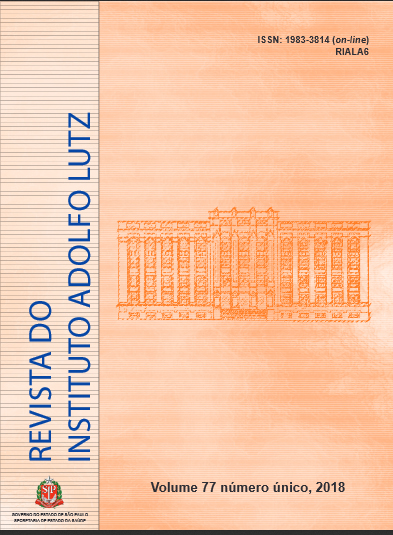Resumen
Control of zoonotic visceral leishmaniasis has been a deceiving effort for Brazilian public health officers and researchers. Since the implementation of the Brazilian program for visceral leishmaniasis control (PVLC) in the beginning of the 1960s, the disease has undergone a notable process of urbanization and geographical dissemination and the epidemiological situation is far from showing any substantial progress. The main strategies to reduce transmission proposed by the current PVCL still are vector control with residual insecticides and culling of seropositive dogs. However, few well- designed epidemiological studies give support for their wide-scale use, most showing limited effectiveness and only in specific settings. Novel promising approaches have been advocated such as dog vaccines, insecticide-impregnated dog collars, treatment of infected dogs, and topical insecticides, but there are still many doubts about their effectiveness. The few available effectiveness estimates are not high, suggesting that no intervention would alone solve the problem. There is no simple solution but considering the heterogeneous spatial pattern of disease distribution and the lack of high levels of effectiveness for individual interventions, there is probably no means to reduce transmission without using a combination of interventions delivered according to the different transmission scenarios, preferably targeting areas at highest risk.
Citas
1. Barreto ML, Teixeira MG, Bastos FI, Ximenes RA, Barata RB, Rodrigues LC. Successes and failures in the control of infectious diseases in Brazil: social and environmental context, policies, interventions, and research needs. Lancet. 2011;377(9780):1877-89. http://dx.doi.org/10.1016/S0140-6736(11)60202-X
2. Werneck GL. The control of visceral leishmaniasis in Brazil: end of a cycle? Cad Saude Publica. 2016;32(6):eD010616. http://dx.doi.org/10.1590/0102-311X00ED010616
3. Rangel EF, Vilela ML. Lutzomyia longipalpis (Diptera, Psychodidae, Phlebotominae) and urbanization of visceral leishmaniasis in Brazil. Cad Saude Publica. 2008;24(12):2948–52. http://dx.doi.org/10.1590/S0102-311X2008001200025
4. Romero GA, Boelaert M. Control of visceral leishmaniasis in latin America: a systematic review. PLoS Negl Trop Dis. 2010;4(1):e584. http://dx.doi.org/10.1371/journal.pntd.0000584
5. Werneck GL. Visceral leishmaniasis in Brazil: rationale and concerns related to reservoir control. Rev Saude Publica. 2014;48(5):851-6. http://dx.doi.org/10.1590/S0034-8910.2014048005615
6. Costa DN, Codeço CT, Silva MA, Werneck GL. Culling dogs in scenarios of imperfect control: realistic impact on the prevalence of canine visceral leishmaniasis. PLoS Negl Trop Dis. 2013;7(8):e2355. http://dx.doi.org/10.1371/journal.pntd.0002355
7. Werneck GL, Costa CH, de Carvalho FA, Pires e Cruz Mdo S, Maguire JH, Castro MC. Effectiveness of insecticide spraying and culling of dogs on the incidence of Leishmania infantum infection in humans: a cluster randomized trial in Teresina, Brazil. PLoS Negl Trop Dis. 2014 Oct 30;8(10):e3172. https://doi.org/10.1371/journal.pntd.0003172
8. Woolhouse ME, Dye C, Etard JF, Smith T, Charlwood JD, Garnett GP et al. Heterogeneities in the transmission of infectious agents: implications for the design of control programs. Proc Natl Acad Sci U S A. 1997;94(1):338-42. https://doi.org/10.1073/pnas.94.1.338
9. de Almeida AS, Medronho Rde A, Werneck GL. Identification of risk areas for visceral leishmaniasis in Teresina, Piaui State, Brazil. Am J Trop Med Hyg. 2011 May;84(5):681-7. http://dx.doi.org/10.4269/ajtmh.2011.10-0325
10. Herdman M, Fox-Rushby J, Badia X. A model of equivalence in the cultural adaptation of HRQoL instruments: the universalist approach. Qual Life Res. 1998;7(4):323-35.

Esta obra está bajo una licencia internacional Creative Commons Atribución 4.0.
Derechos de autor 2018 Guilherme Loureiro Werneck
